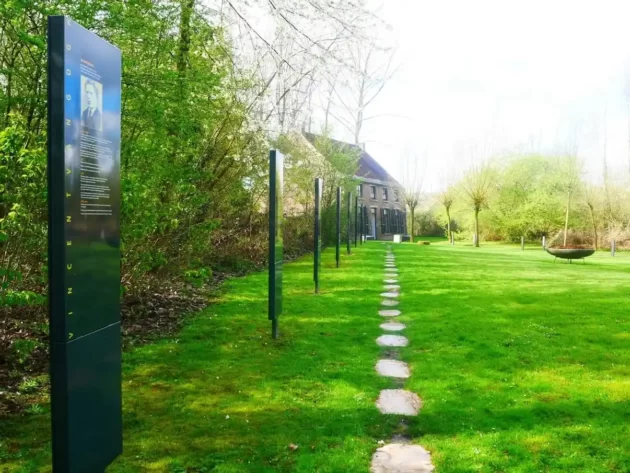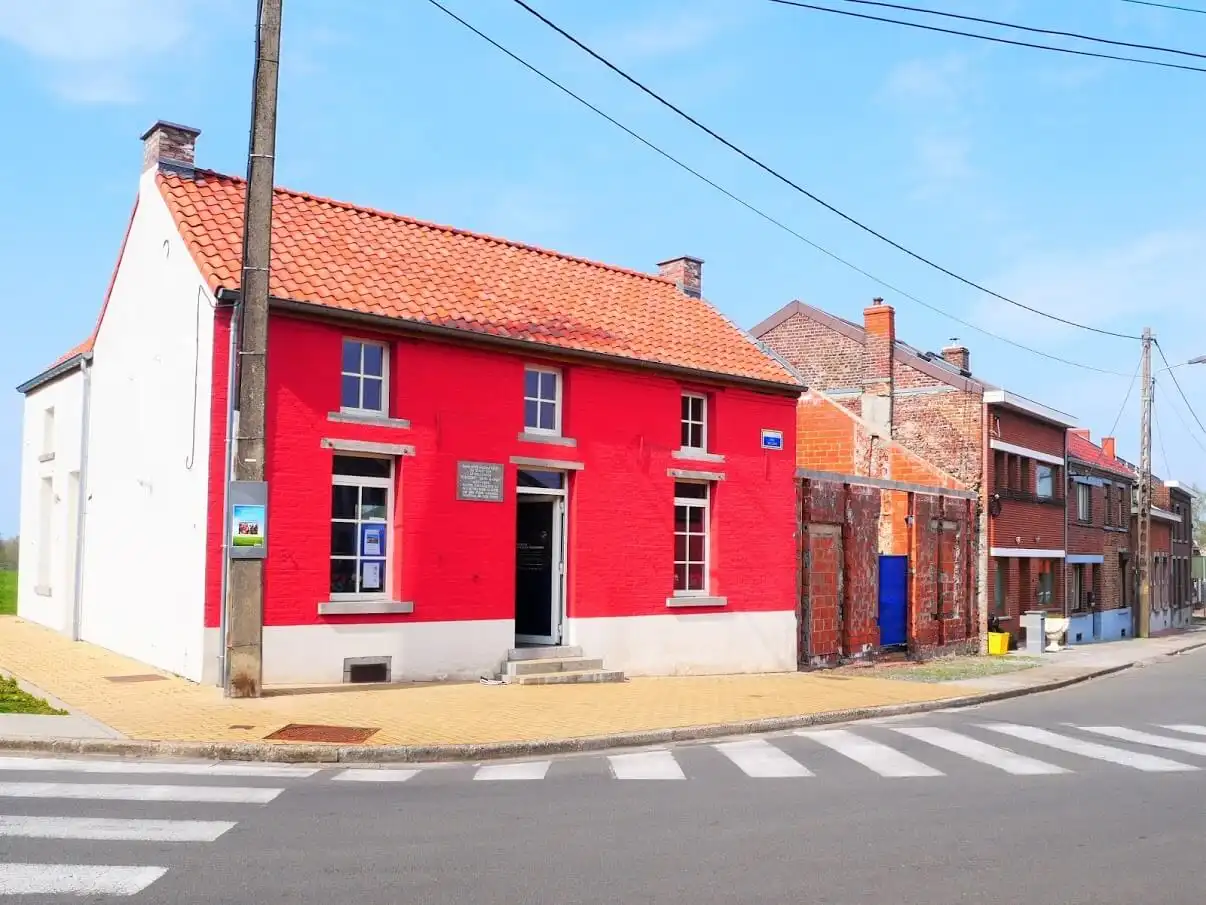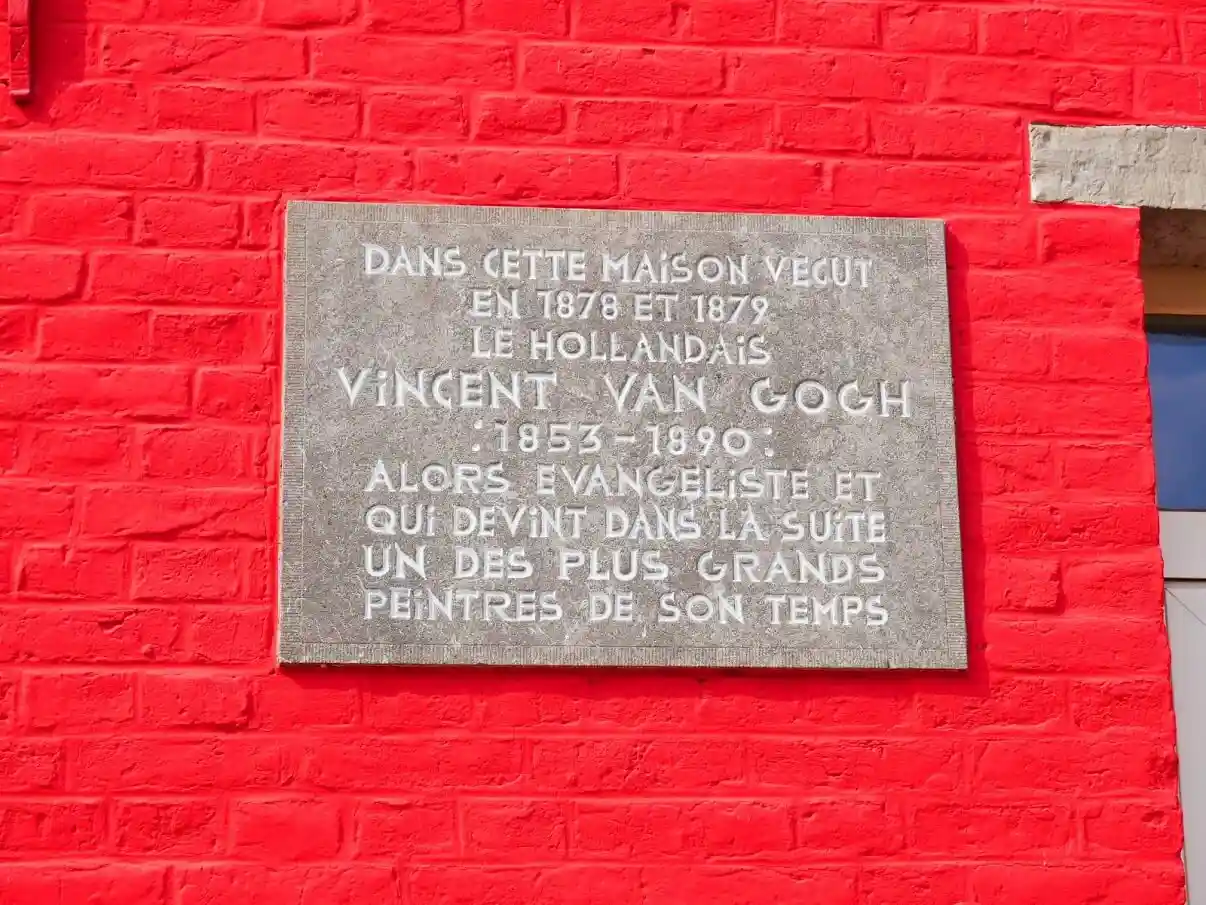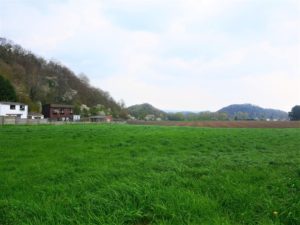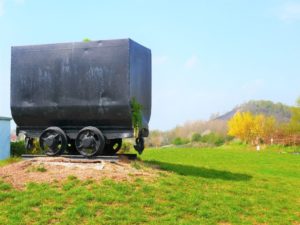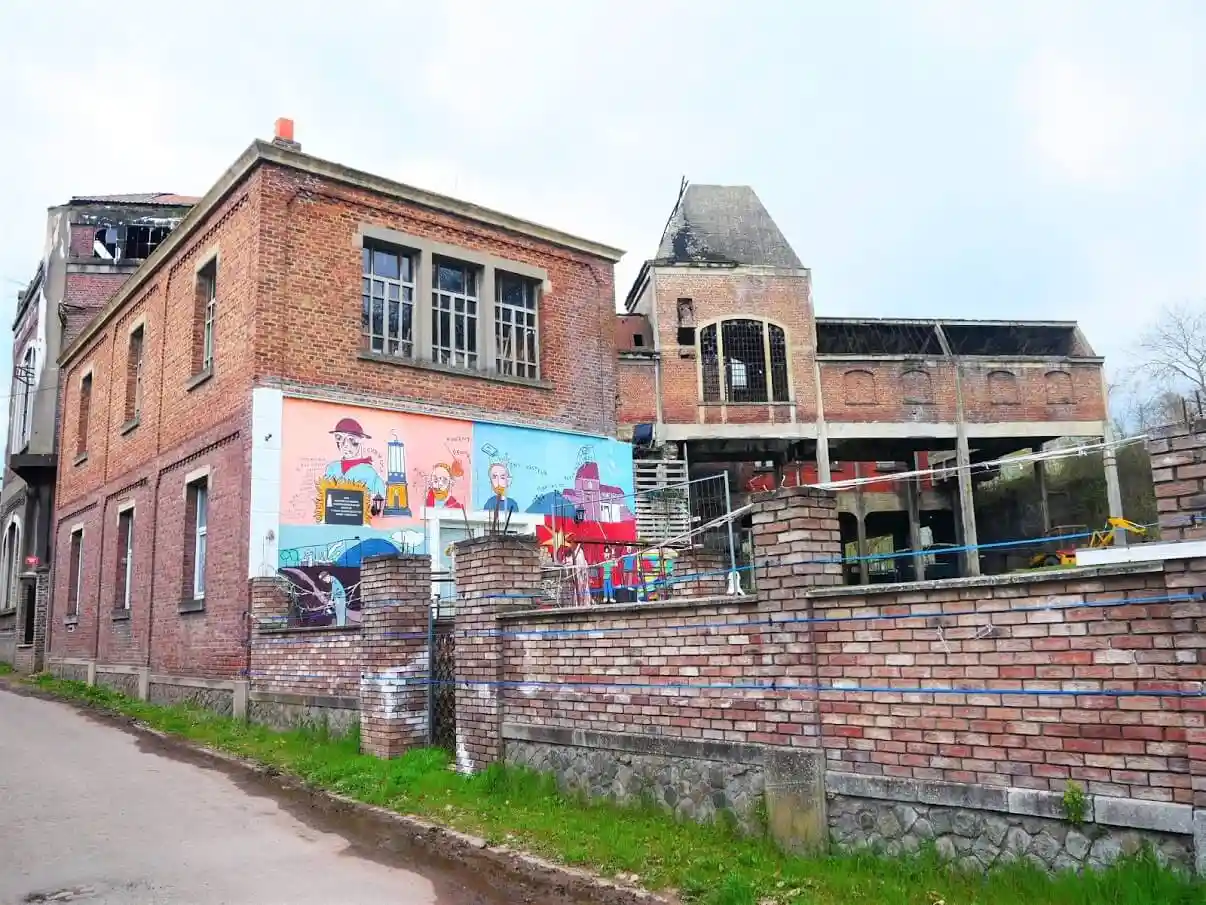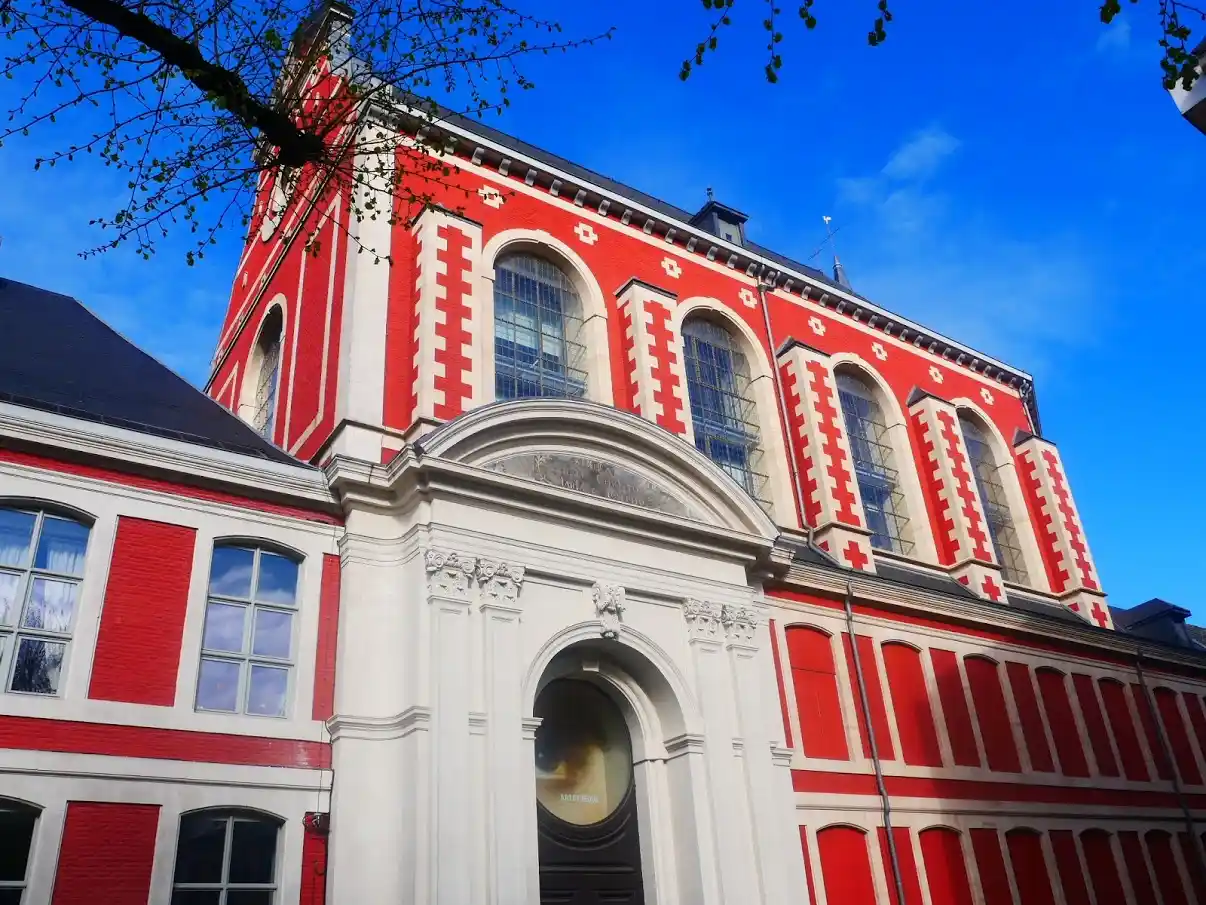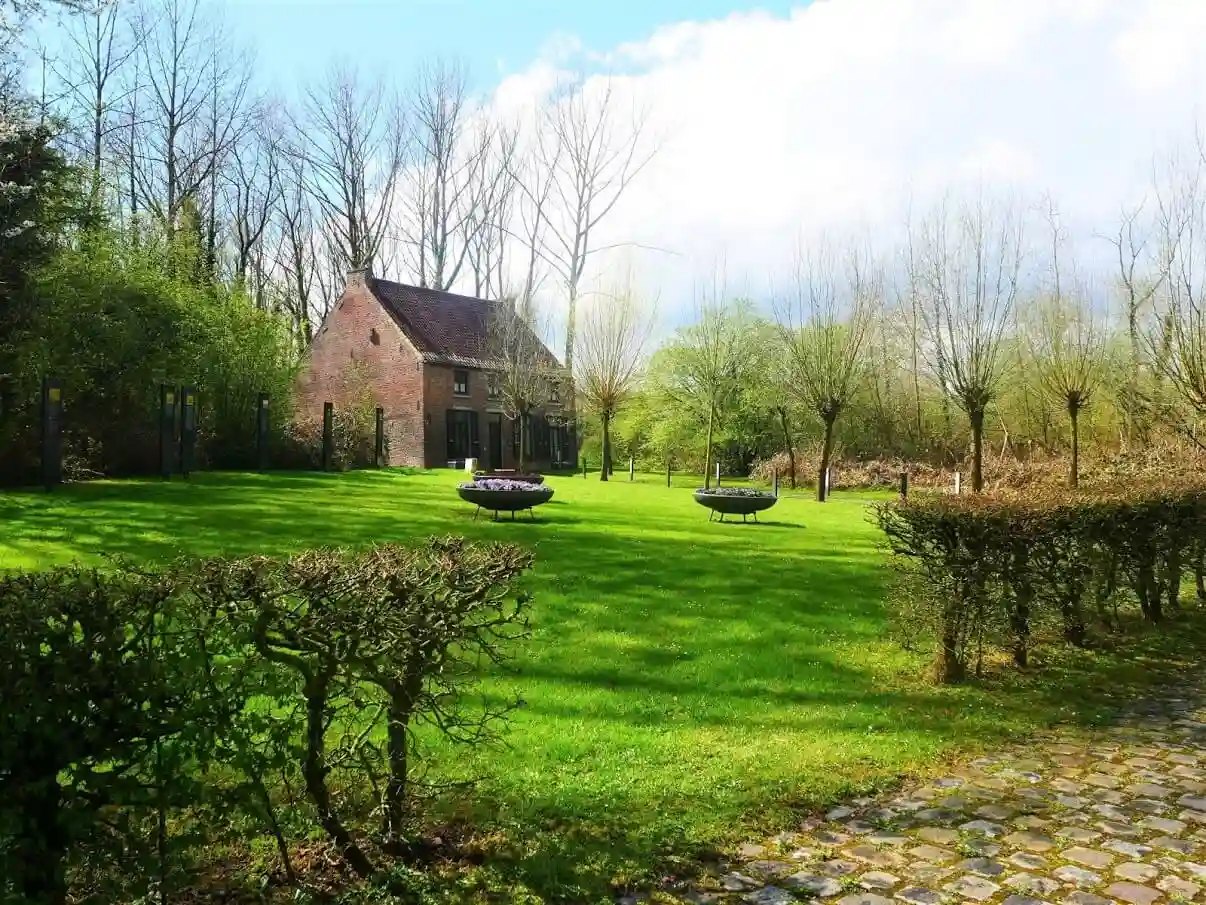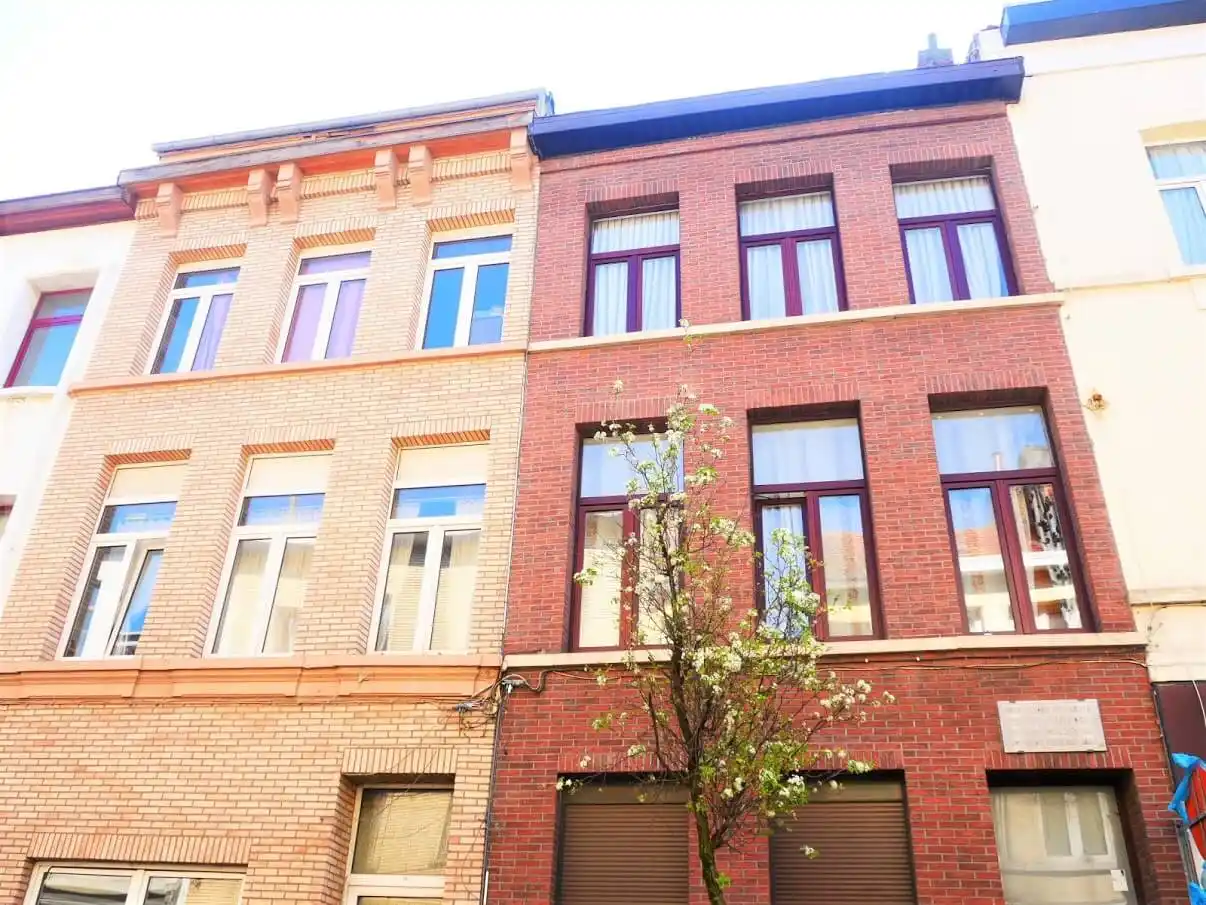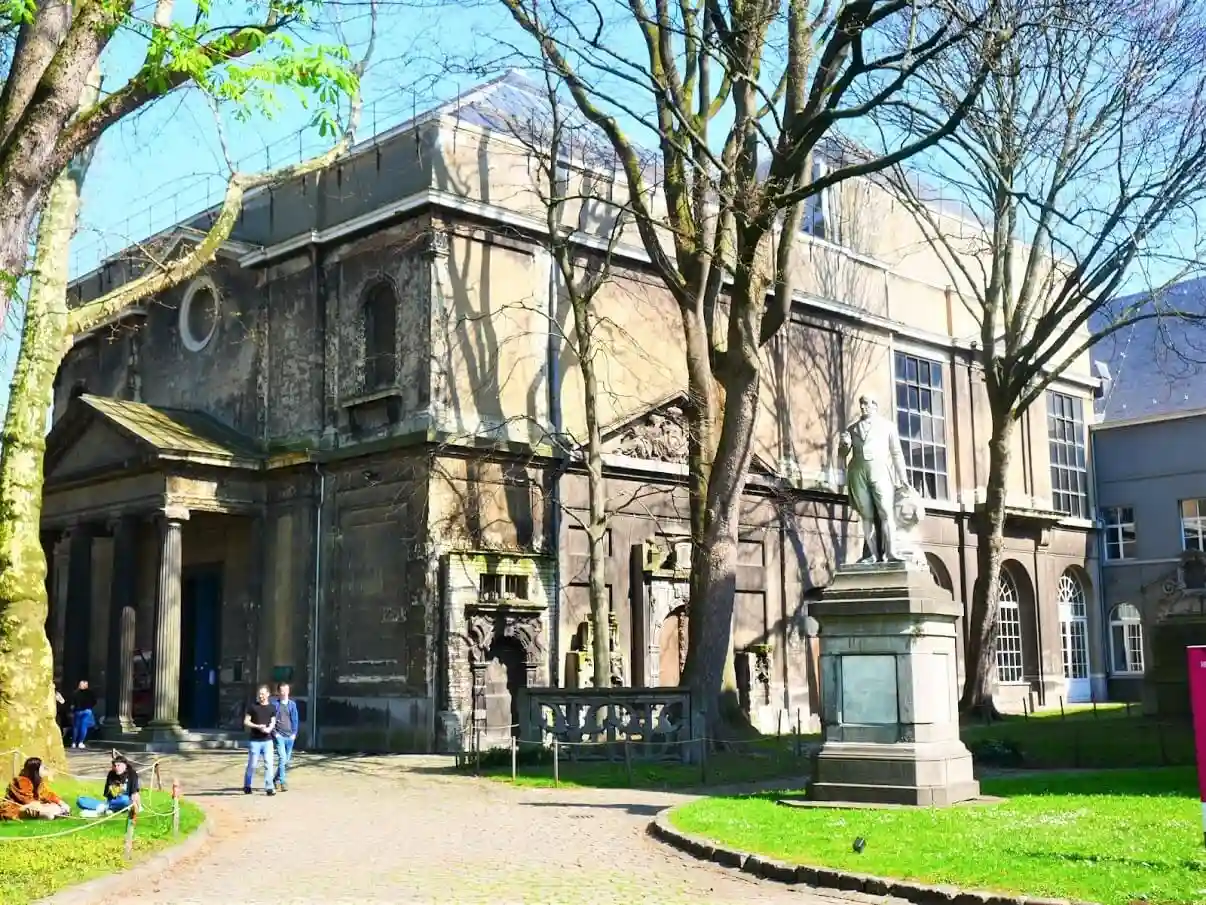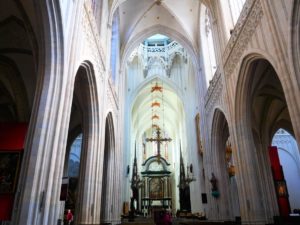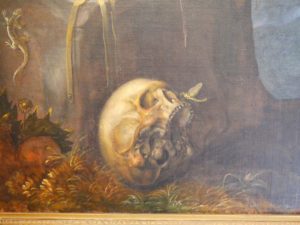Vincent van Gogh lived in Belgium on several occasions, and there are still many locations linked to Van Gogh in Belgium. After painting for the past five years in the Netherlands, he moved to Antwerp in 1886. It wasn’t his first time in Belgium. He spent some time in Brussels a few years before. And have also lived for two years preaching among the coal miners in Borinage region between 1878 and 1880.
During my search for places linked to Vincent van Gogh in Europe, I spent a few days exploring those places. So, I’ve created this guide with locations related to life and work of Van Gogh in Belgium, to help you do the same.
Locations linked to Van Gogh in Belgium
While following in the footsteps of Van Gogh in Belgium, I visited places related to his life and work in Antwerp and the Borinage region. I haven’t seen any locations linked to him in Brussels. But, if you would like to do that, check out the link here, for more info about them.
Van Gogh in Borinage
Between December 1878 and October 1880, Van Gogh worked as an evangelist preacher at the coal mining area of Borinage in Belgium. Although he was preaching and helping the miners there, that’s also a place where he created some of his first drawings.
That’s why, after spending a few days by exploring locations linked to Van Gogh in the Netherlands, I continued my journey to Belgium. It didn’t go without some flaws – I’ve got lost on my way from the hotel to the train station in Antwerp. And when I finally managed to come on time at a station, I learned my train was cancelled. Luckily, I’ve got to another one and arrived safely and on time to Mons.
Mons is a charming and picturesque historic Belgian town, located in the French-speaking region of Wallonia. It has a beautiful Gothic town hall, the monumental medieval church of St. Waltrude and the only Baroque belfry in Belgium.
Wasmes
And although I could easily spend a few days wandering around and exploring Mons, I wanted to visit the Borinage region, where Vincent lived for a bit less than two years. Accompanied by Manon from the local tourist office, we took a bus, and went to meet Filip, a local guide in Borinage and the Van Gogh expert.
⤷ TIP: If you would like to learn more about Van Gogh’s time in Borinage, take a look at Filip’s blog on a link here. It’s a great source of information about this region of Belgium. I enjoyed Filip’s tour and his explanation, and would highly recommend him as a guide to anyone visiting Borinage. You can contact him through the link here.
Filip took us on a walk around the area and showed us some of the remains of a coal mining tradition there. While wandering around, we listened to recordings of Vincent’s letters. In them, he mentioned some of the places we’ve seen, like the house in Petit-Wasmes where he lived, or a local protestant church.
I’m so used to think about Van Gogh as a painter. But, it was quite interesting to discover his deeply religious side, too. He was so determined to make the life of those miners at least a bit easier. Van Gogh was also so passionate about explaining the stories from the Bible to them. However, in almost every single letter we’ve listened to, he’s mentioning art, painters he knew and details he noticed during some of his walks. His letters from Borinage, are witnessing so well, how he’s starting to be more and more interested in creating art himself during that time.
Marcasse coal mine in Wasmes
Borinage is such a striking region. Its nature is so serene but in a massive a contrast with dark artificial hills made of the coal mining waste.
When we came closer to Marcasse coal mine, I’ve realised all the suffering of those people once working there. The names of people died in that mine are listed at its entrance. We listened to Vincent’s description of getting inside that mine and going to the depth of around 700 metres.
In Brabant, I’ve got an impression that he wasn’t that lonely and how he actually enjoyed life more than I thought. But, after seeing Borinage, once again, I wasn’t sure what to think about him.
What was his real motivation for getting there?
Religion was such an essential part of Vincent’s life while he was living in Borinage. It’s hard to believe that just a few years later, in 1881 in Etten-Leur, he wasn’t interested in it at all anymore.
Mons
Next morning, after spending a night in a gorgeous Van der Valk Congres Hotel in Mons, I’ve met with Manon again. We joined our guide for a day and went to the lovely local museum, Artotheque.
It’s a place where a significant thing related to Van Gogh in Belgium is kept – one of the rare existing drawings he made while in Borinage. While standing there at a museum depot, surrounded by all those beautiful paintings, I felt so nerdy and excited. But, also so grateful to be allowed to get there.
On that drawing, Vincent depicted two peasants working on a field. It’s an image so typical for his early career. However, one detail I noticed and especially liked were their shoes. These men were wearing specific shoes from the Borinage region. The same how, on his Dutch paintings, peasants are always wearing wooden shoes, so common fro the Netherlands.
It was just another proof to me, Van Gogh observed the world around him carefully and painted what he saw.
⤷ Read more: Weekend in Mons
Cuesmes
After visiting the museum, I continued my search for places linked to Van Gogh in Belgium and went to a near-by town called Cuesmes. There, I visited a house in which Vincent lived in 1880.
That’s also a place where he created some of his first drawings. A small exhibition about Vincent’s life in that region is on display inside of it. But my favourite part was a fantastic movie about his life in Borinage. It’s so wonderfully made, and I truly enjoyed it!
After spending two days in Borinage, I could see why he was so attracted to that region. He could help people that were having such a tough life. And make it at least a bit easier. It was also so interesting to see the transition from a preacher to his first attempts of becoming a painter.
List of locations related to Van Gogh in Borinage:
- Marcasse coal mine in Wasmes, address: Rue de Marcasse, Petit-Wasmes
- Van Gogh House in Petit-Wasmes, address: 221 Rue Wilson, Wasmes
- Van Gogh’s house in Cuesmes, address: Rue du Pavillon 3, 7033 Cuesmes
- Artotheque in Mons, address: Rue Claude de Bettignies 1, 7000 Mons
⤷ TIP: If you’re going to visit Mons and Borinage without a car, you can easily see these locations with public transport. There are local buses you can take to Wasmes and Cuesmes from Mons. At the tourist info office at Mons, you can rent a bicycle and visit Van Gogh house in Cuesmes that way, too.
Antwerp
Vincent van Gogh moved to Antwerp in November 1885 and has lived during the next two months there. In an attempt to improve his painting skills, he joined the Art Academy and started attending art lessons. Although he spent only two months in Antwerp, that time was definitely important to Vincent, because it was the only formal art education he has got during his lifetime.
During his time in Antwerp, he visited museums and churches that had collections of work by some famous Flemish Baroque masters. He was utterly amazed by the way Peter Paul Rubens was capturing the light on his paintings. That was also his way of learning during that time.
To learn more about Vincent’s time there, I looked for some places linked to Van Gogh in Antwerp. I’ve found a house in which he lived. There is still a sign on it marking that Van Gogh used to live there. I’ve also found the old building in which the Art Academy used to be.
⤷ TIP: If you’re going to explore Antwerp during your search for places related to Van Gogh in Belgium, get Antwerp City Card. I’ve got a 24-hours one, and it was so handy to use it for public transport and free entrance to some museums and churches (like Antwerp Cathedral, for example).
Antwerp Cathedral
During my time in that Belgian town, I wanted to understand what kind of art Van Gogh was surrounded with while in Antwerp. And which paintings could potentially influence him. That’s why I visited some churches he mentioned in his letters. Especially some that are home to paintings created by P. P. Rubens.
While exploring those places, I’ve noticed one motif being especially present in many paintings – a skull. And one of the most unusual of his artworks at the Van Gogh Museum in Amsterdam is a painting of the skull with a cigarette in its mouth.
Have I maybe found an influence for it? I’m putting some photos here, so you can decide for yourself.
After exploring Antwerp and learning about Van Gogh’s life there, I think I also understood why he left it so soon. Although he was admiring those old Baroque masters, that art was just too traditional for him. There was no emotion in it he was looking for. And on a top of that, at the Art Academy, he was looking so forward to attend, they were learning how to draw in such a conventional way. Van Gogh started to feel he was losing his time on it. He wanted something new, something challenging. He wanted the Avant-garde.
That’s why, in February 1886, he went to the centre of modern art at that time – Van Gogh went to Paris.
And that’s where I went next in my search for him, as well.
List of locations related to Van Gogh’s life in Antwerp
- House where Van Gogh lived in Antwerp, address: Lange Beeldekensstraat 224, Antwerp
- Art Academy in Antwerp, address: Mutsaardstraat 31, Antwerp
- Cathedral of Our Lady, address: Groenplaats 21, Antwerp
- St. Andrewchurch, address: St-Andriesstraat 5, Antwerp
- Het Steen, address: Steenplein 1, Antwerp
- Royal Museum of Fine Arts, address: Leopold de Waelplaats 2, Antwerp
Van Gogh’s time in Belgium was definitely crucial for his development as an artist. And although he didn’t arrive as a painter to Borinage, he definitely left it with an idea of becoming one.
You can read all of the posts from my Van Gogh trip below:
- Following the footsteps of Vincent van Gogh
- Visiting Kröller-Müller Museum
- Vincent Van Gogh in the Netherlands
- Vincent van Gogh in Paris
- Vincent Van Gogh in Auvers-sur-Oise
- Vincent Van Gogh in Arles
- Vincent Van Gogh in Saint-Rémy-de-Provence
Would you like to learn more about Van Gogh’s artworks and places linked to his life and art in the Netherlands, Belgium and France? Check out Culture Tourist Art Webinar: Meet Vincent van Gogh! Click on the picture below to read more and book.
My visit to places linked to Van Gogh in Belgium was a part of my Follow Van Gogh trip. It was supported and organised by the Van Gogh Europe, Visit Mons and Visit Flanders. Many thanks to all of them and everyone else who helped me organises it.

